INTERESTED IN JOINING this project? Do feel free to click that "Request To Join" button! But no requests will be granted without either A) at least 3 (three) paragraph*-long reasons regarding "Why I [you, not me=the writer of this project description] Hate 3D Printers" or B) at least 4 (four) reasons regarding the afore-mentioned hatred for 3D-printers, at least 2 (two) of which must be at least a paragraph* long or C) (UPDATED per @frankstripod's evil ploy to take over the world) The full solution to the #itanimulli Puzzle project in a private message.
(* NOTE: a "paragraph," as used here, is defined as at least 3 (three) sentences related to a singular topic. Groupings of three+ (>=3) sentences in which less than three (3) sentences relate to the topic-in-question will not be considered as meeting the Join-Request criteria).
(WARNING: This project includes ideas for 3D-printers.)
LOG Table Of Contents-ish And Related Links:
- @johnowhitaker's whole 2-axis system working great! #Mini Laser Cutter
- HOLY SNAP! Laser (verb) toner directly onto surfaces (e.g. copper-clad board). Originally submitted as a log-entry at this project, @johnowhitaker has now started a prize-entry/project-page over at #Mini PCB printer. Check it out!
- Very promising experiments using nothing but a magnifying glass and the sun! https://hackaday.io/project/7535-cddvd-mechanisms-and-cartesian-thinggies/log/28905-newbie-his-setup-and-the-sun
- @DeepSOIC Has Found A Definitive Way To Determine how much current to drive your DVD-Laser without burning it out! #Measuring DVD-RW laser (How'd I not link this already?!)
- https://hackaday.io/project/7535/log/24634-in-the-wild-pcb-spraypaint-lasering
- A 2-axis DVD-sled lasering-setup available for order + a video
- Conceptual ideas on laser-etching spraypaint as etch-resist for PCBs
- Drive Collections:
- Random things/findings: https://hackaday.io/project/7535/log/24676-random-absurdities
- X = scanner, Y = Inkjet Printer, Z = DVD... Duh
- Use that drive's enclosure...
- "fin-grippers"
- https://hackaday.io/project/7535-cddvd-mechanisms-and-cartesian-thinggies/log/25786-secret-art-side-project
- Check out this hacker's cool setup... not part of this project, but a slick use of the sled-mechanics for ultrasonic interferometry(!?) @Andrew Ferguson's #Standing waves of sound as well as laser-interferometry using our favorite DVD parts #Michelson interferometer
- Laser Diodes:
- https://hackaday.io/project/7535/log/28933-laser-diode-ma-vs-mw-misunderstandings-in-previous-logs
- WHOOPS! Read @esot.eric's earlier logs' mA vs mW comparisons with considerable skepticism!
- https://hackaday.io/project/7535/log/24728-laser-driving
- Constant-Current "DDL" circuit and interpretation
- https://hackaday.io/project/7535/log/24783-laser-focusing-experiments
- Early focusing experiments, bare-diode, through the sled, removal of the focus lens
- https://hackaday.io/project/7535/log/24945-burning-out-a-laser-diode
- Burning out a diode, interesting effects
- Circuit photographs
- https://hackaday.io/project/7535/log/24948-solar-irradiance-and-comparing-incoherent-vs-coherent-power-cd-diodes-maybe-burn-speed-mw
- burn-speeds vs mW ratings, and ramblings on current-ratings...
- possibly using the CD laser as well as the DVD for extra oomph.
- ramblings on using a different light-source (high-power LED?)
- 100mW is "plenty fun"
- https://hackaday.io/project/7535/log/25180-dc-motor-revisited-another-one-laser-bites-the-dust-beam-focussing
- Focusing a narrower beam with a magnifying glass and the drive's focus-lens
- "burnt" diodes are still useful!
- https://hackaday.io/project/7535/log/28933-laser-diode-ma-vs-mw-misunderstandings-in-previous-logs
- Stepper Motors:
- https://hackaday.io/project/7535/log/25002-driving-them-stepper-motors
- "steppers are certainly easier to work with"
- use nothing but a quadrature knob and a motor-driver chip
- extract a motor-driver from old floppy drives
- *use* old floppy-drive circuitry (step/direction)
- winding-wiring
- missing-steps (might...
- "steppers are certainly easier to work with"
- https://hackaday.io/project/7535/log/25002-driving-them-stepper-motors
 Eric Hertz
Eric Hertz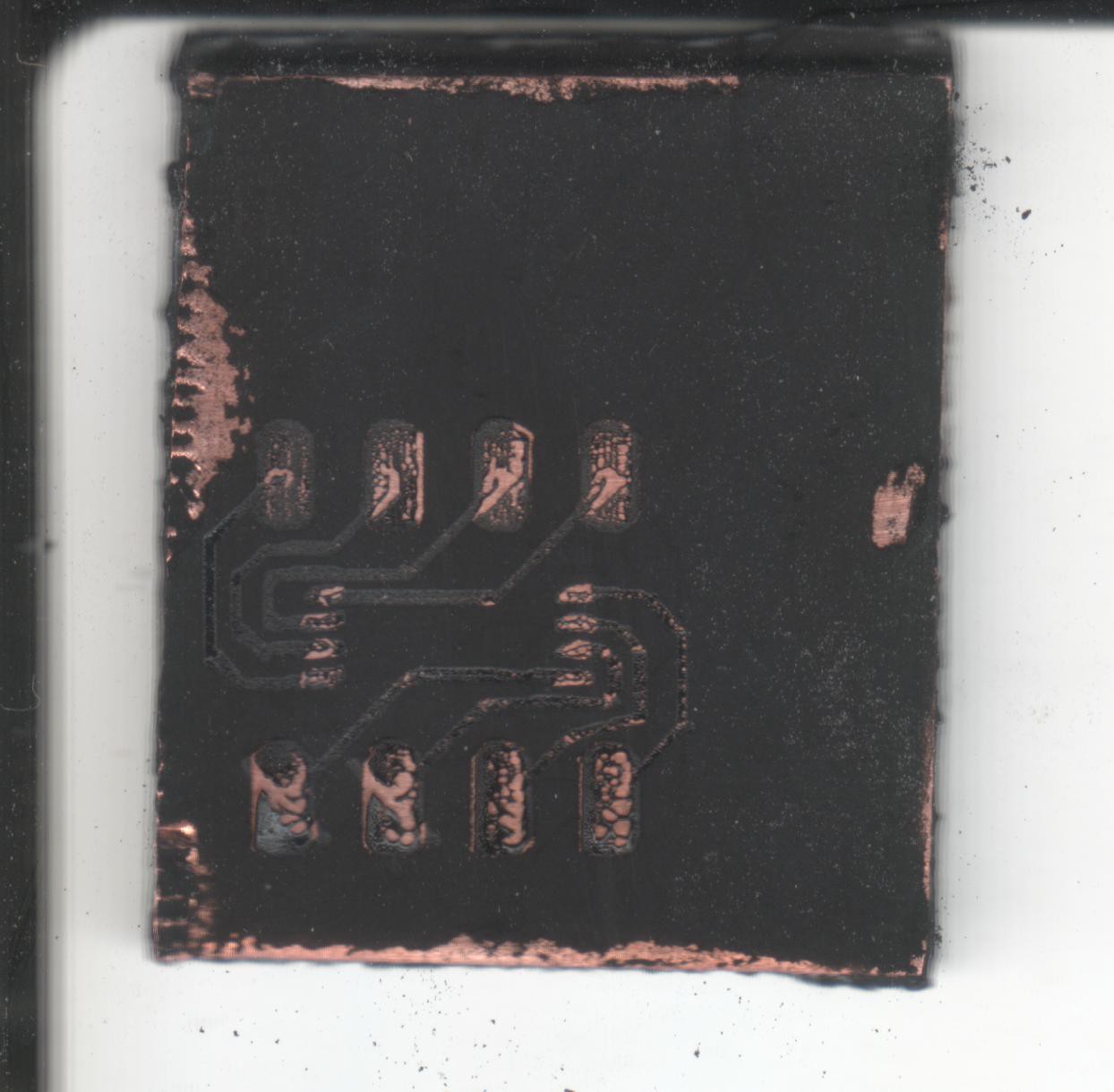
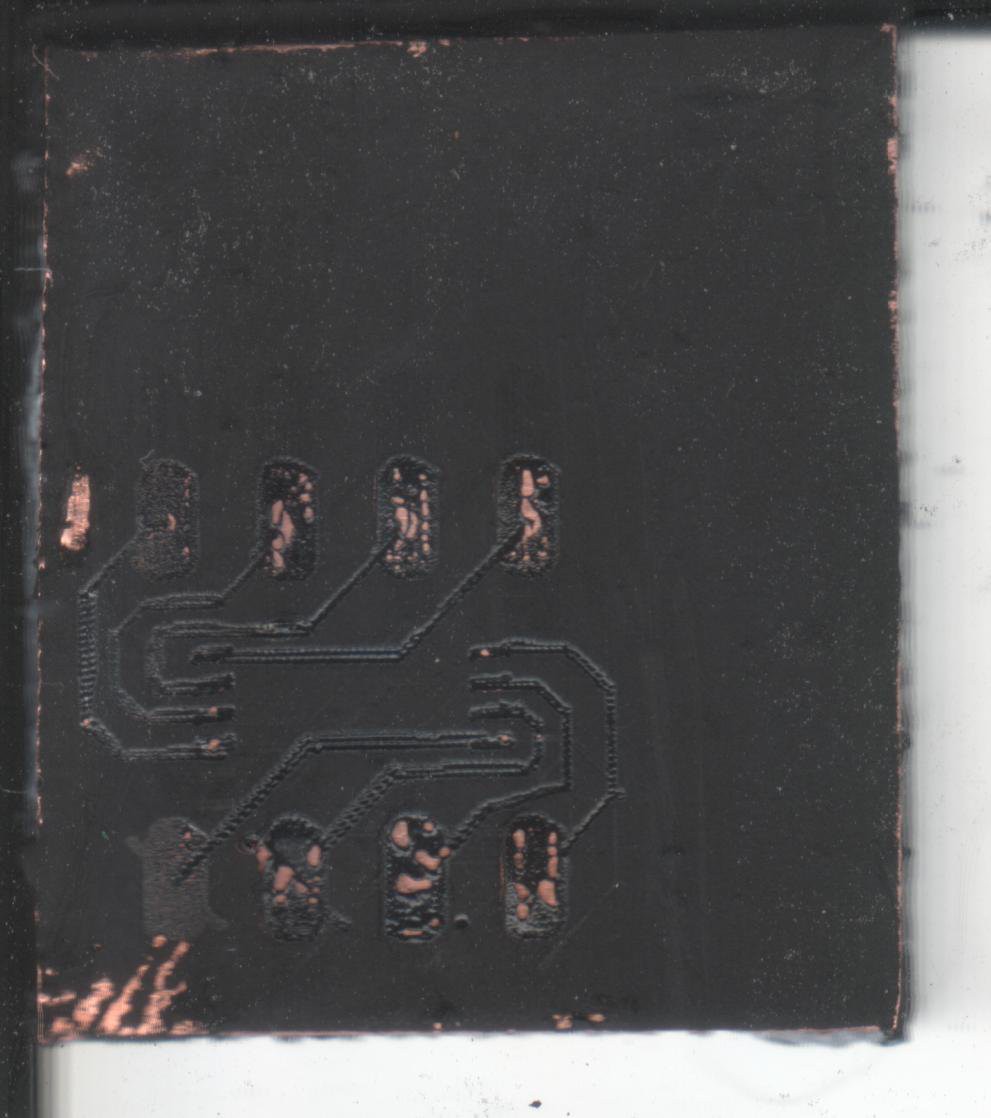
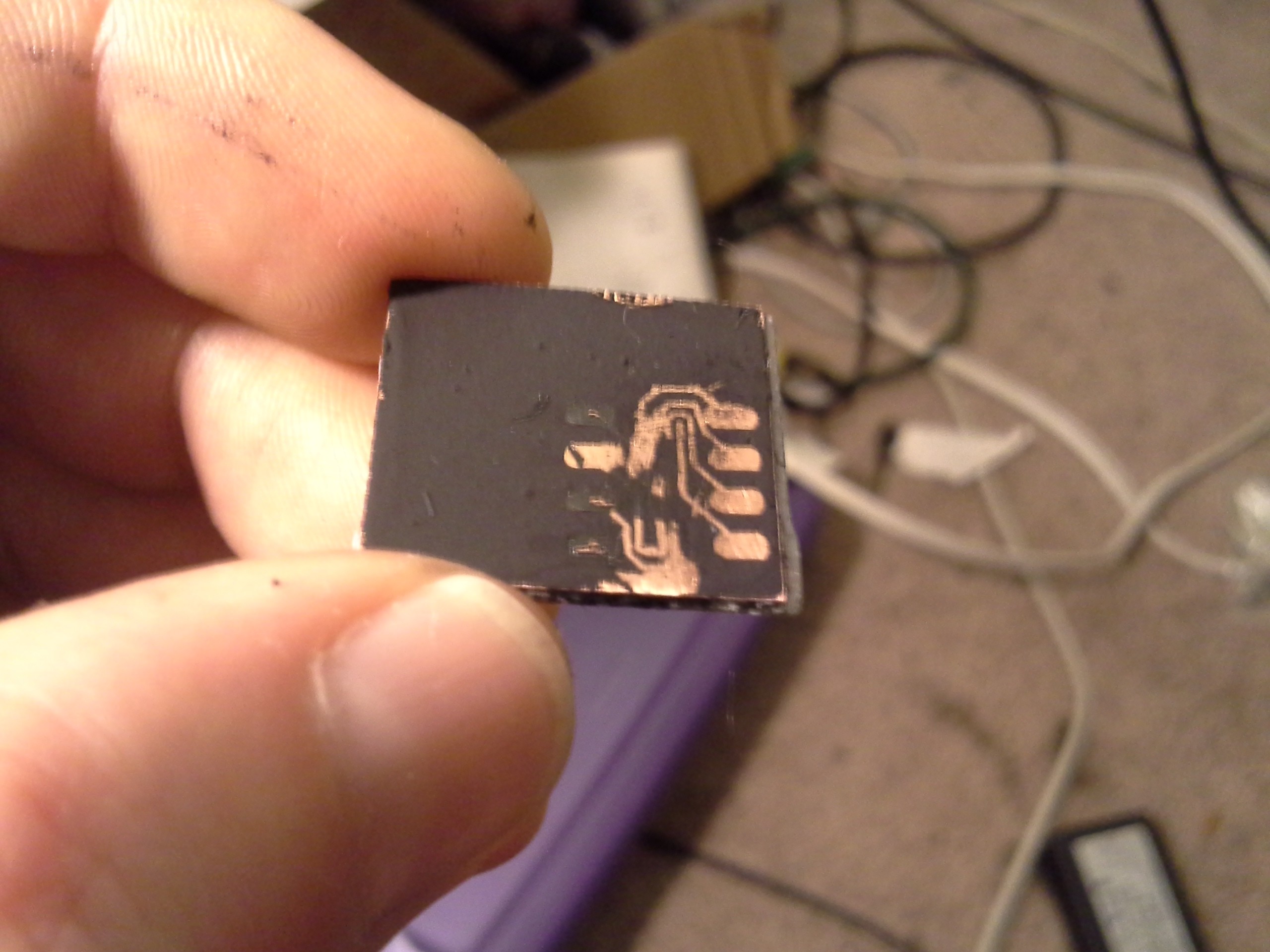
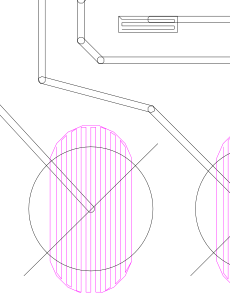

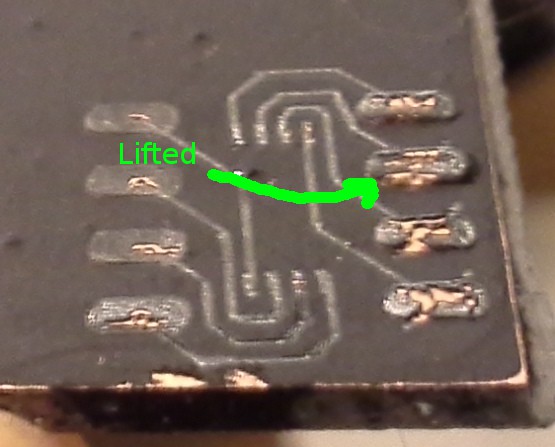
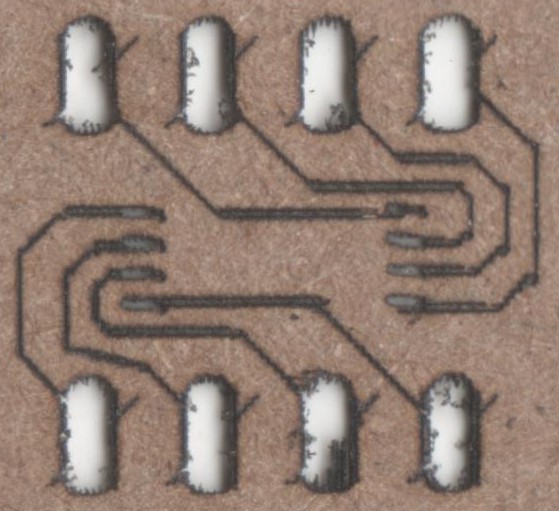
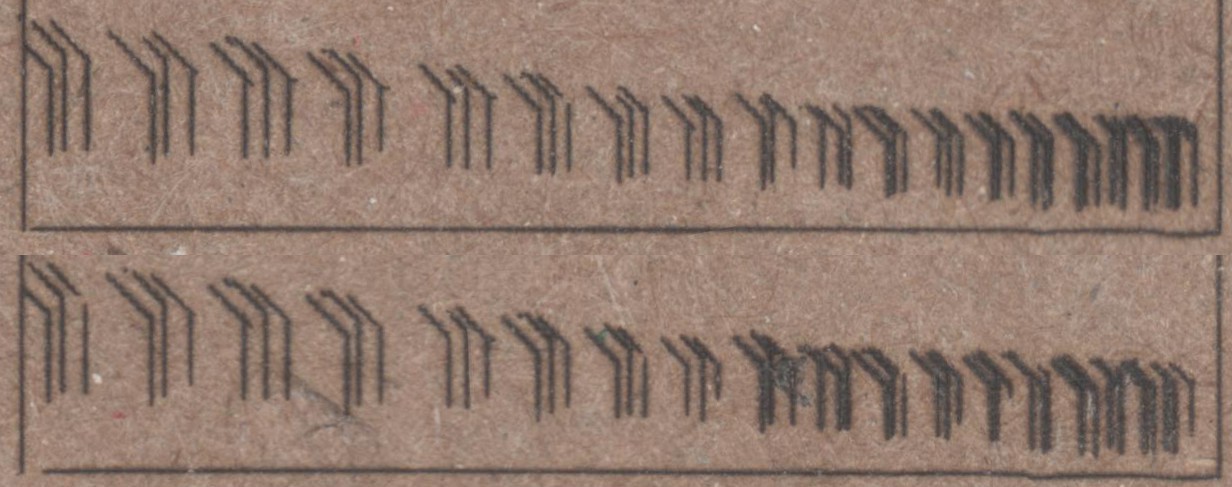
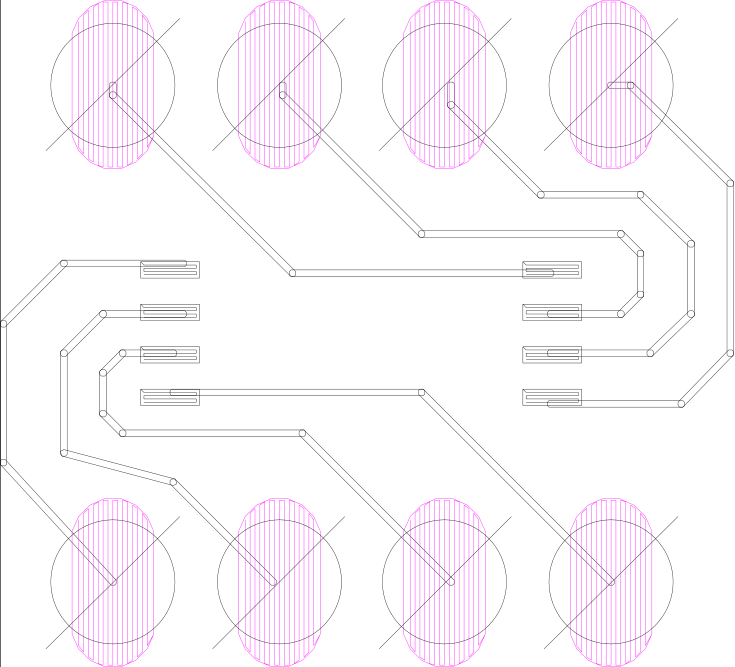
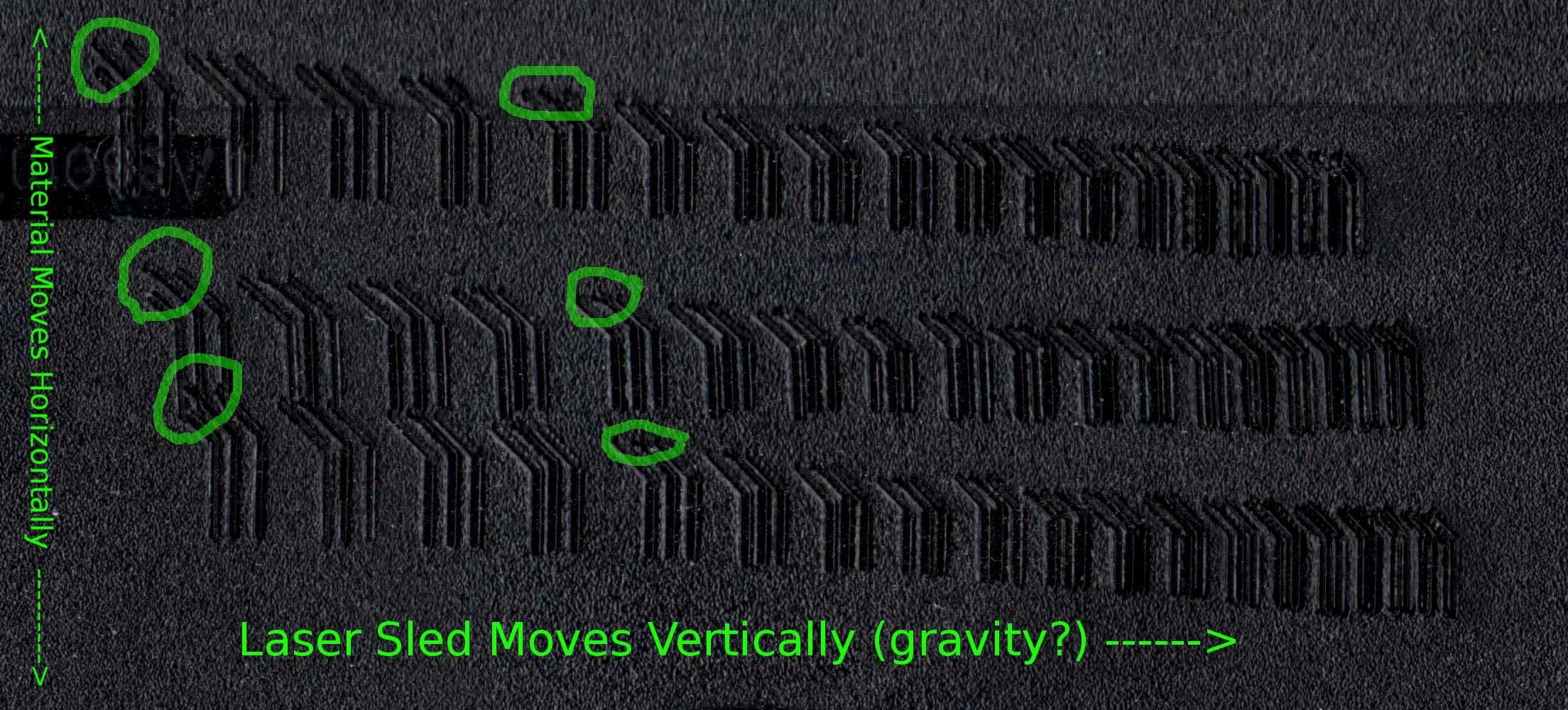
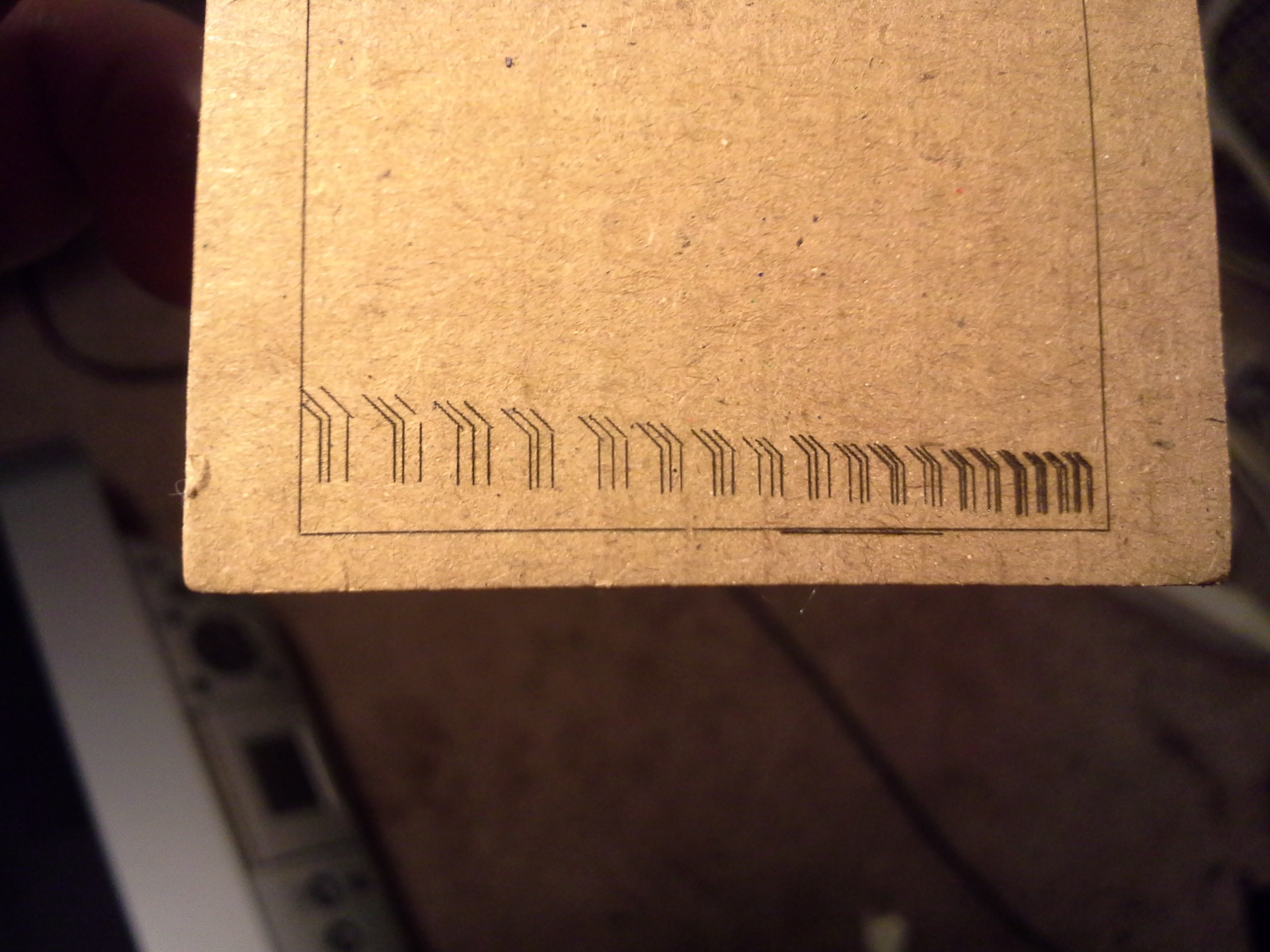




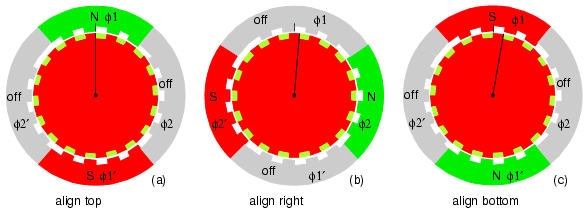
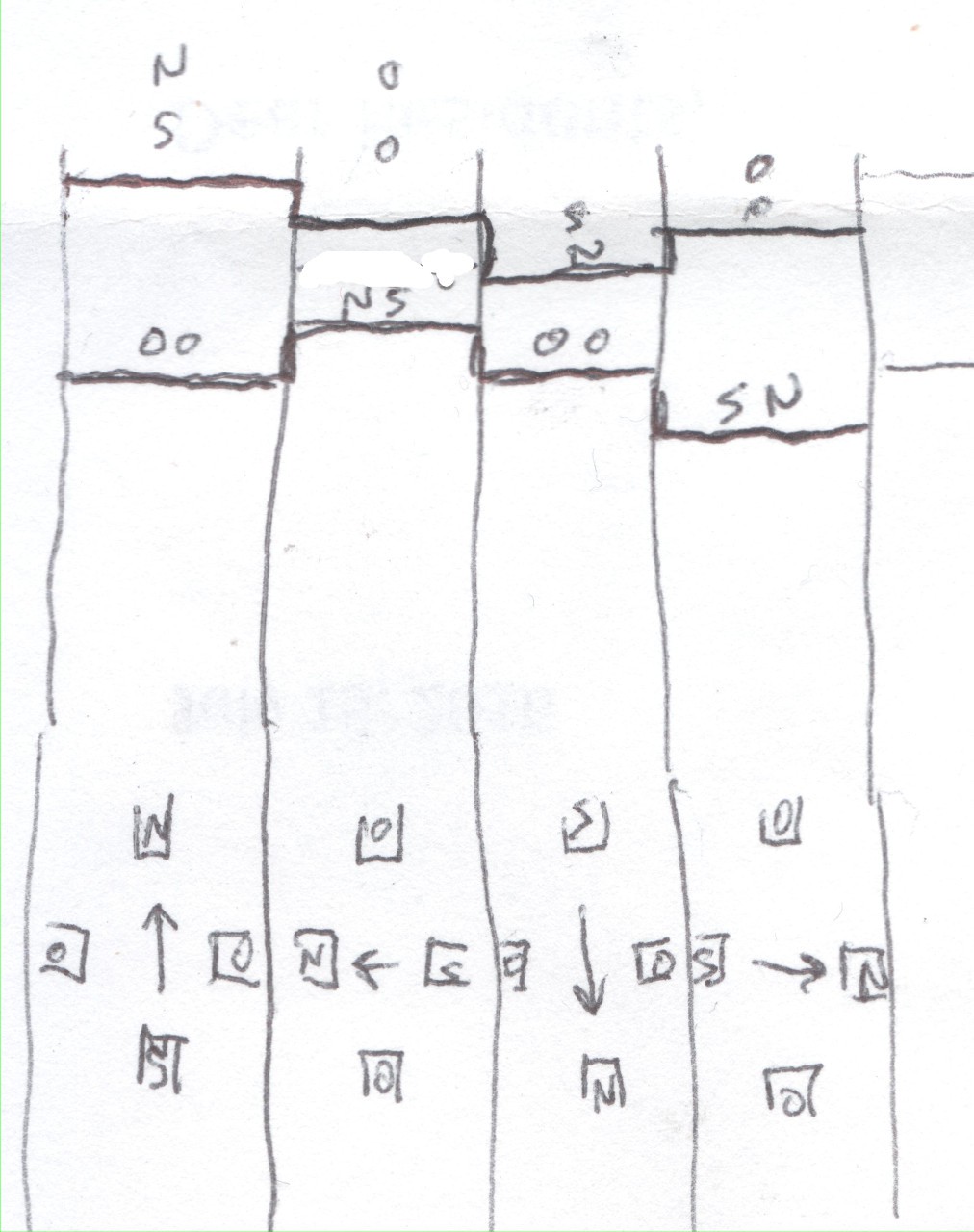
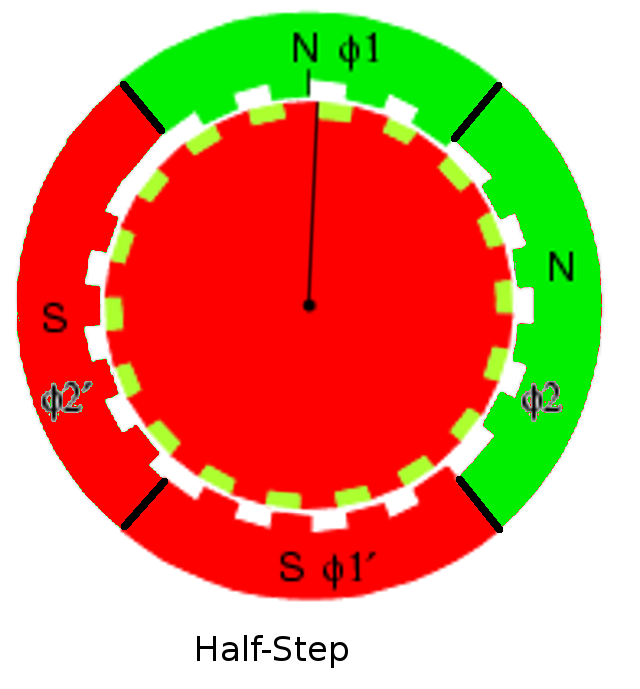
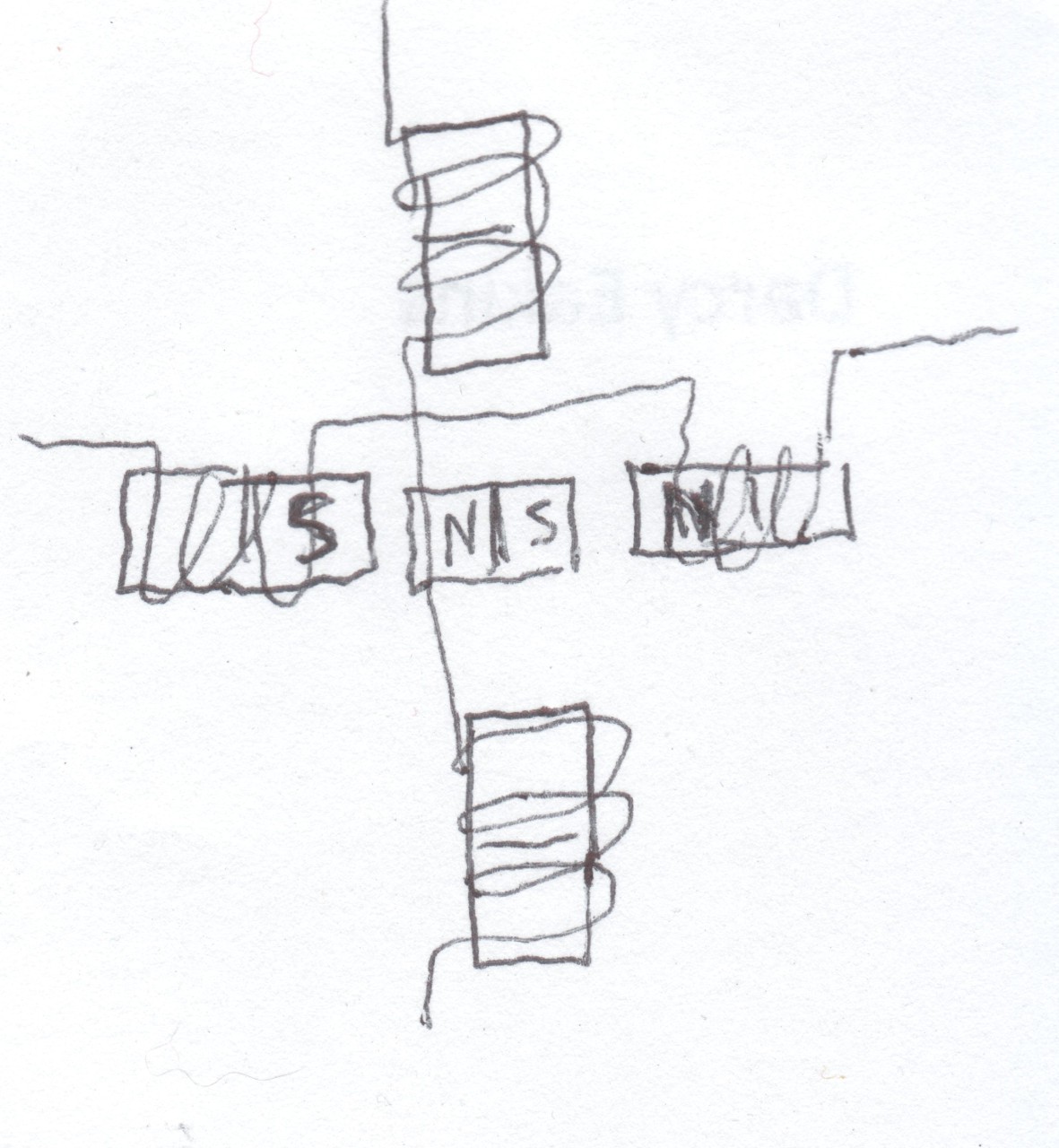
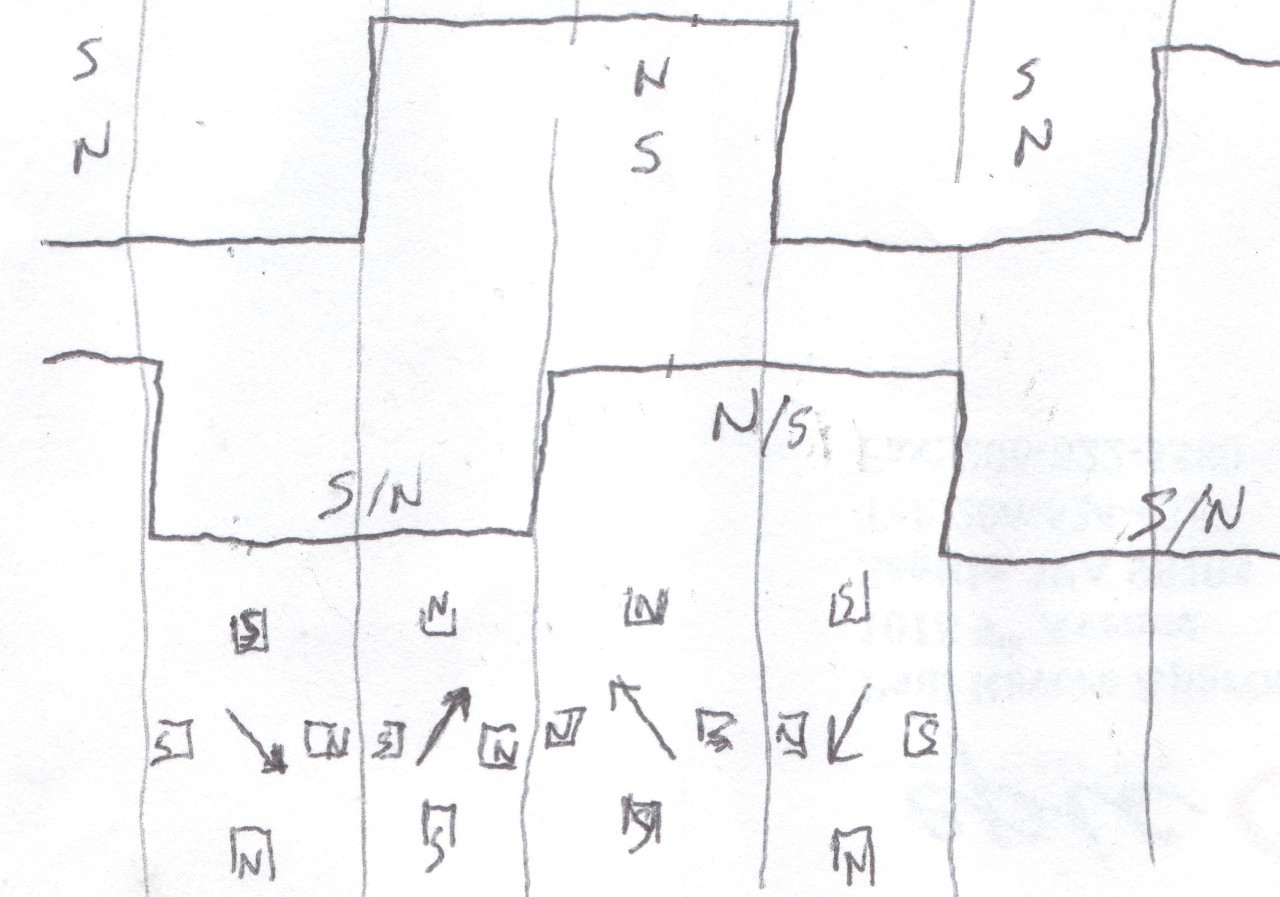
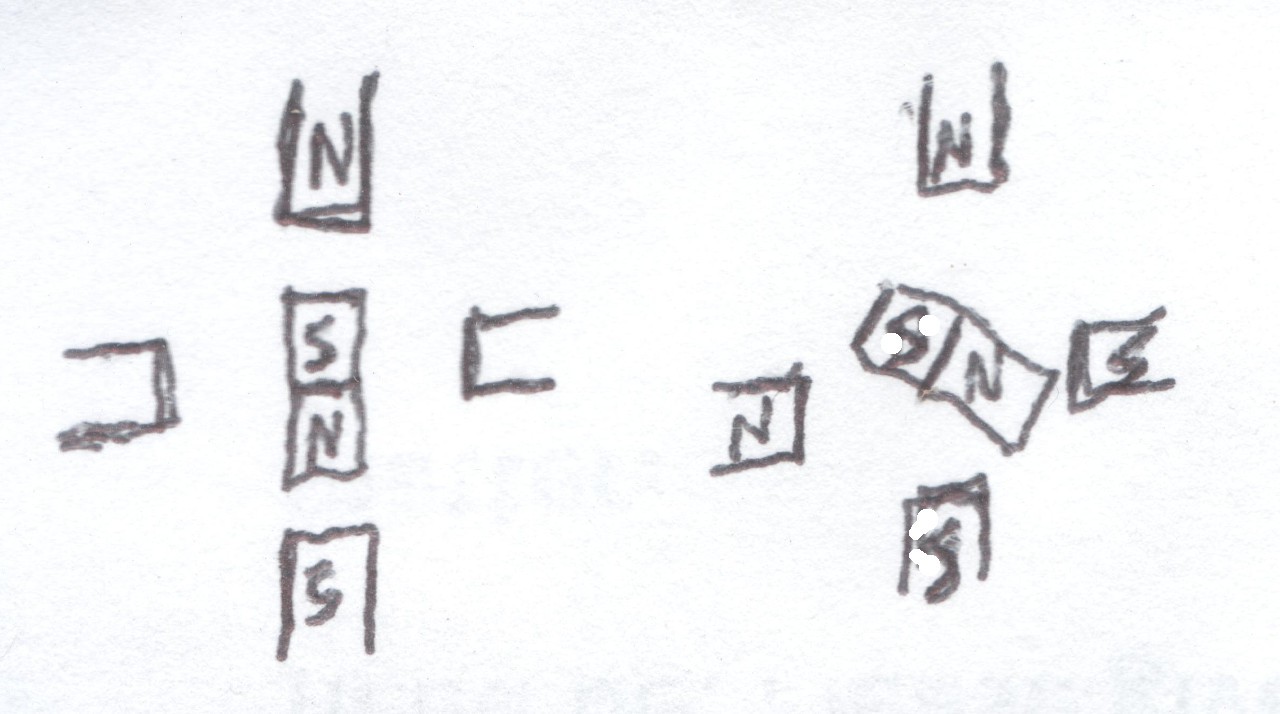
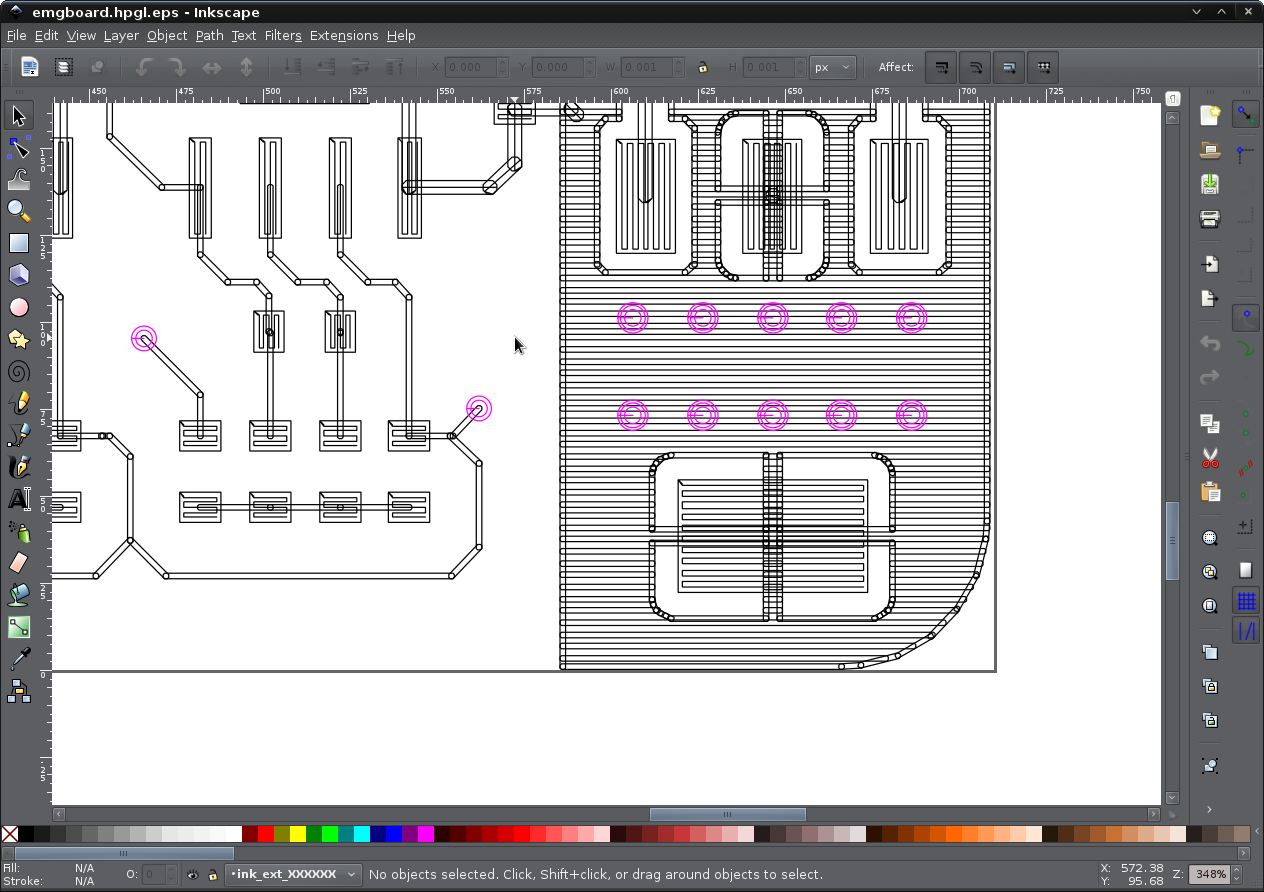
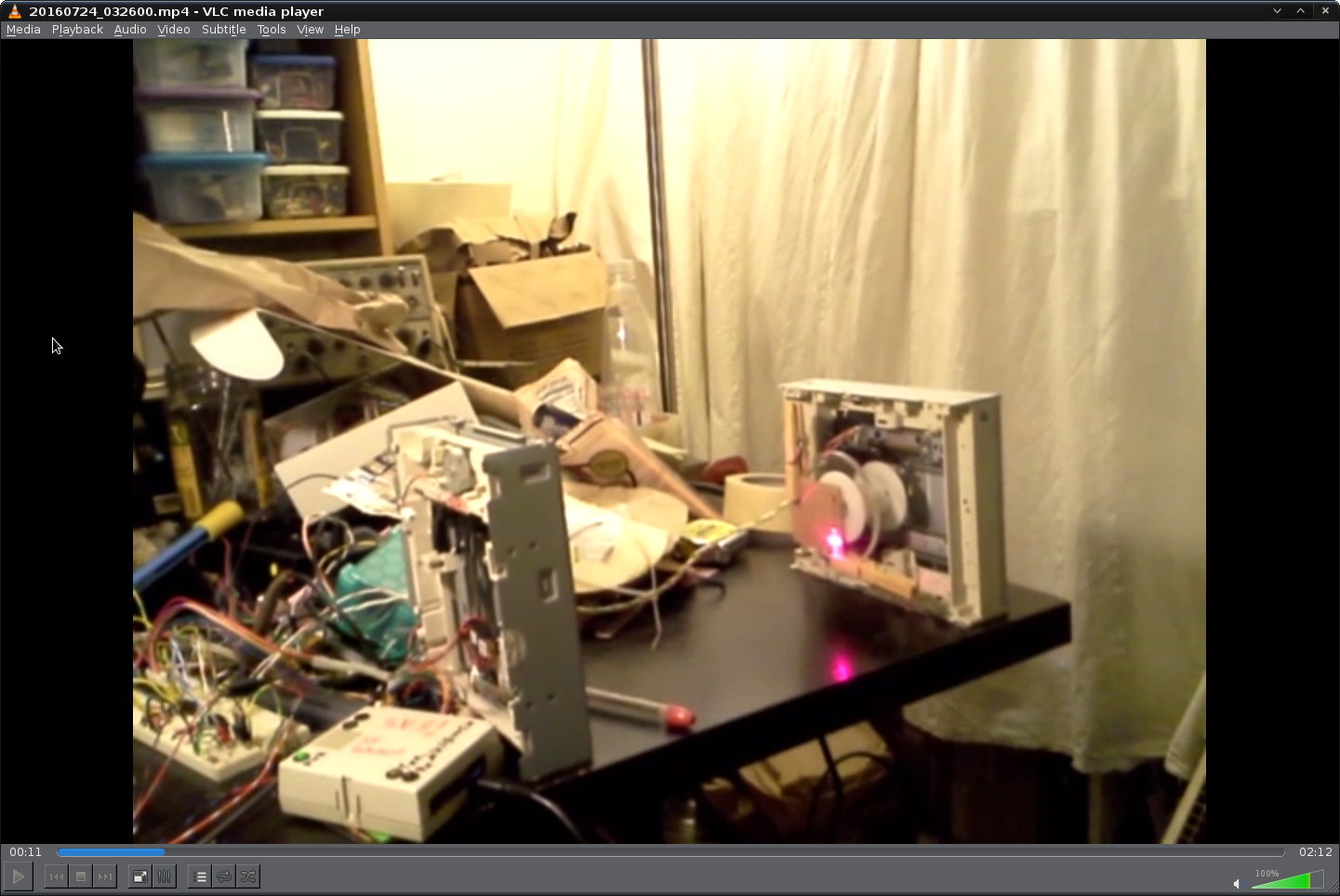
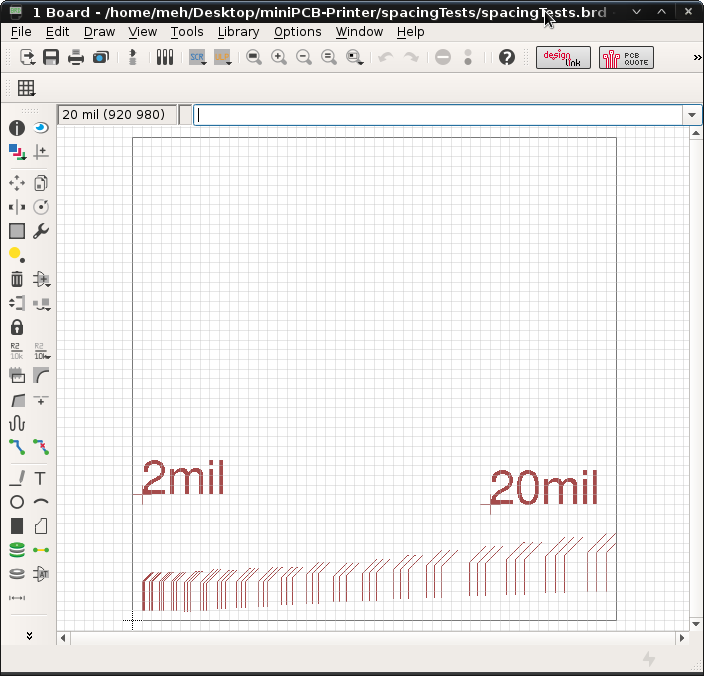

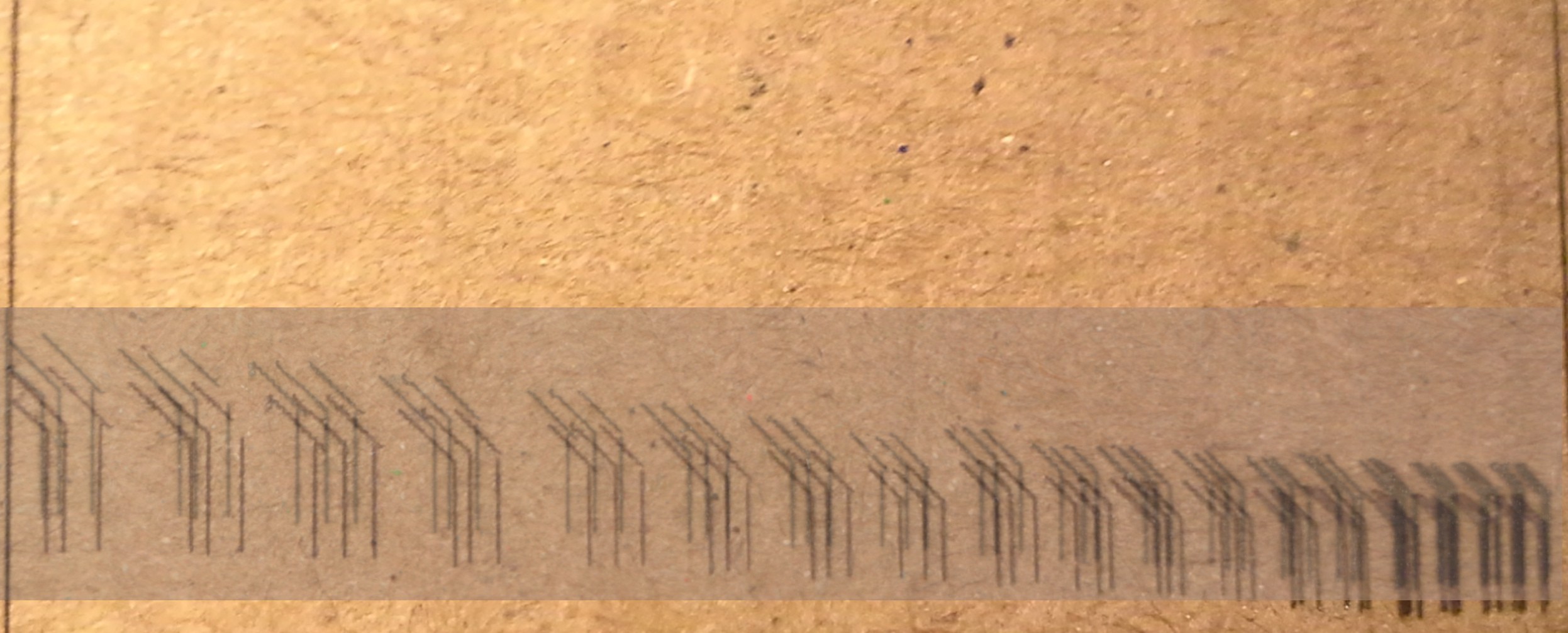

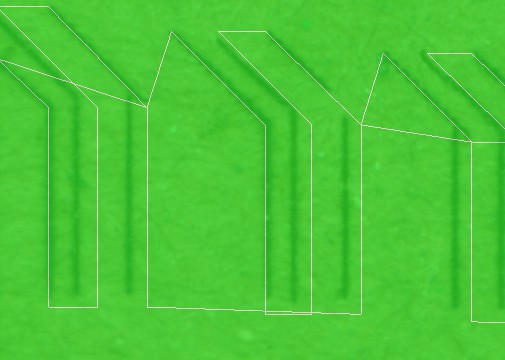
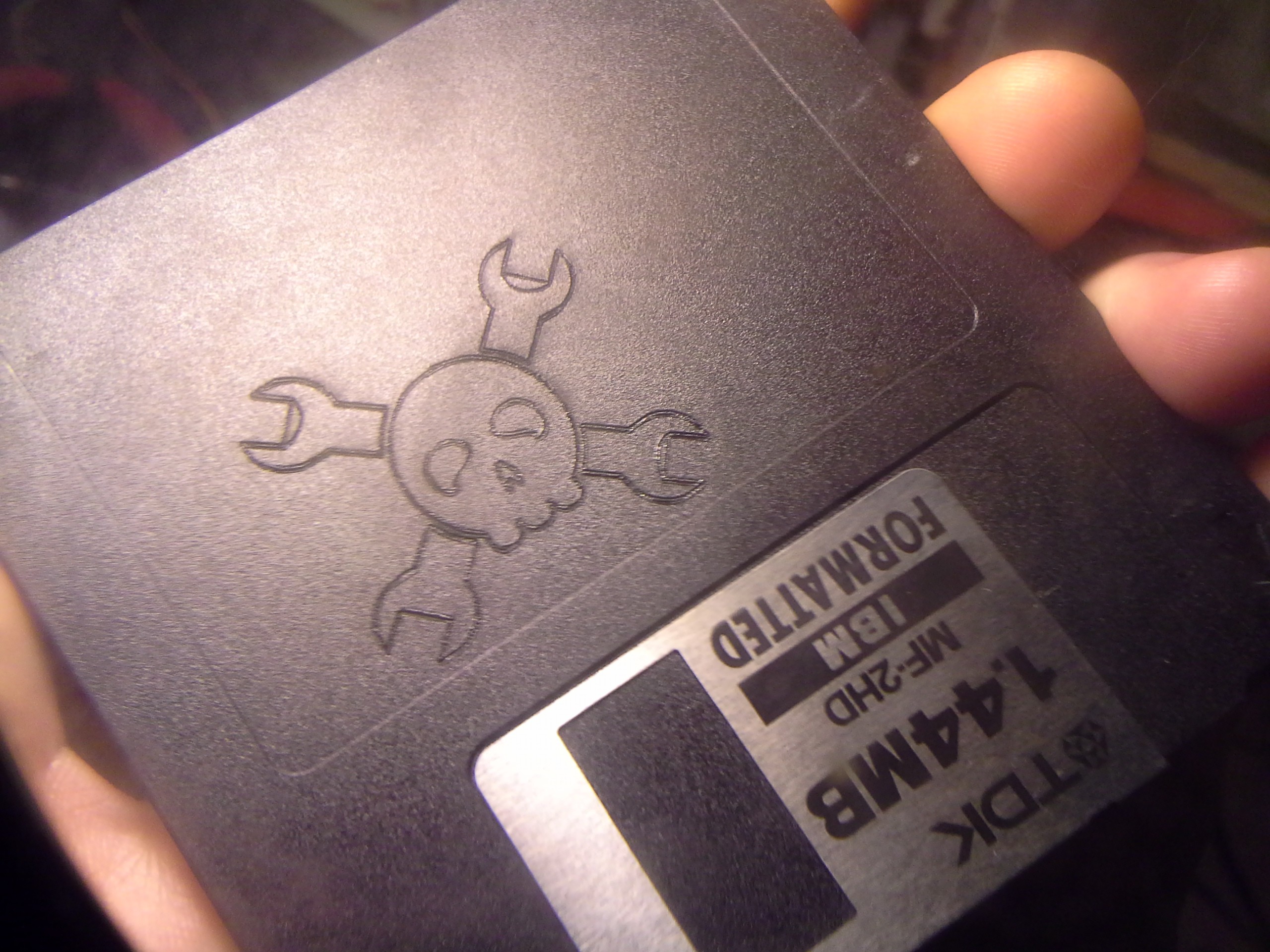





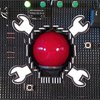

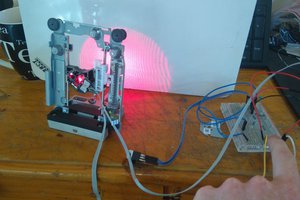
 johnowhitaker
johnowhitaker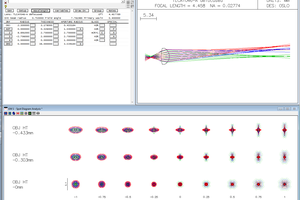
 helge
helge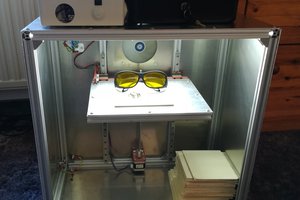
 Dominik Meffert
Dominik Meffert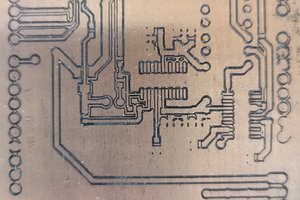
I found a 5 cd deck with record option in the roadside trash the other day. Was thinking of using the power supply but now you have given me more ideas ( Like I need more projects ). Thanks for the neat ideas :-)